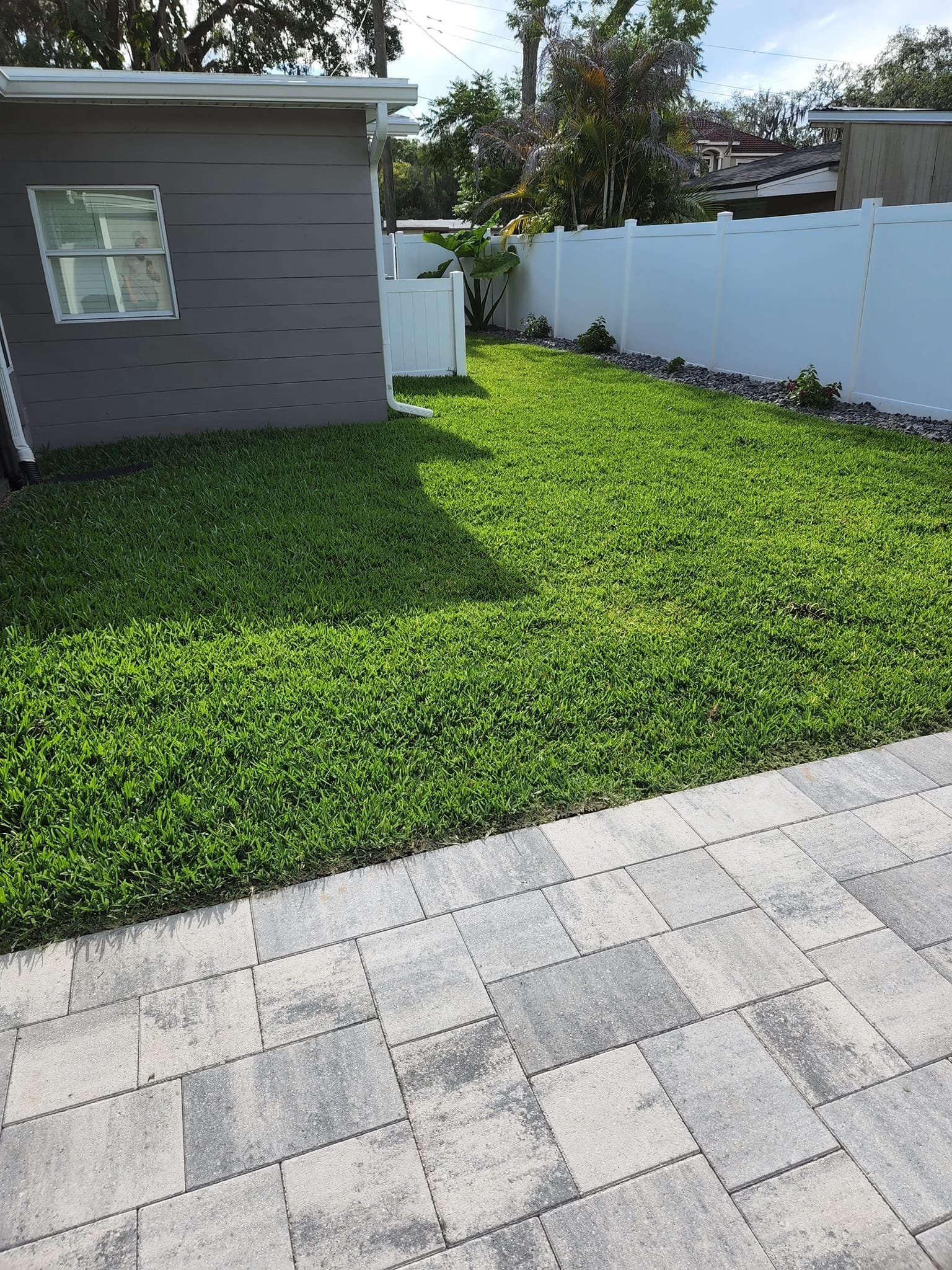Introduction
As homeowners in Valrico, FL, we often take pride in our lush green lawns. We envision a perfect outdoor space for our families and pets to enjoy. However, there's an unseen world beneath the surface—local wildlife—that plays a significant role in the health of our lawns. The impact of local wildlife on lawns in Valrico, FL is often underestimated. From insects to larger animals, understanding their influence can lead to better lawn care practices that not only enhance aesthetics but also promote ecological balance.
In this article, we will explore various aspects of how local wildlife affects lawn care in Valrico, FL. We will delve into the positive and negative impacts of these creatures and offer tips for maintaining your lawn amidst their presence. With insights from Tarpon Lawn & Pest, we aim to provide you with actionable information to protect your green space while coexisting with nature.
The Impact of Local Wildlife on Lawns in Valrico, FL
Understanding Local Wildlife: An Overview
Local wildlife encompasses a wide variety of species—from insects like ants and grubs to larger mammals such as raccoons and deer. Each species has its own unique interaction with your lawn.
Beneficial Wildlife: Friends or Foes?
Not all wildlife is detrimental. Certain animals can be beneficial for lawn health:

- Pollinators: Bees and butterflies contribute significantly to plant health through pollination. Predators: Birds like robins and sparrows feast on pests that could otherwise damage your grass. Earthworms: These little critters aerate the soil and contribute organic matter through their waste.
Conversely, some wildlife can wreak havoc on your meticulously maintained yard:
- Rodents: Mice and voles may tunnel through your grass. Deer: They may nibble on ornamental plants or even graze on grass.
Understanding these dynamics is crucial for effective lawn care in Valrico, FL.
Common Types of Local Wildlife Affecting Lawns
Insects
Lawn-destroying insects abound:
Grubs: Larvae of beetles that feed on grass roots. Chinch Bugs: Small insects that suck the sap from grass blades. Ants: While they can aerate soil, too many can disrupt the ecosystem.Mammals
Mammals pose https://marcogdon693.theburnward.com/how-to-spot-and-treat-brown-patch-disease-in-your-grass unique challenges:
Raccoons: They dig up lawns searching for food. Squirrels: Often seen burying nuts but may also disturb flower beds. Deer: Known for munching on landscaping plants.The Role of Ecosystems in Lawn Health
Understanding ecosystems helps us appreciate how local wildlife influences lawn health.
Soil Health
The relationship between soil organisms and plant health is vital:
- Healthy soil promotes robust root systems. Earthworms improve soil structure by aerating it.
Nutrient Cycling
Wildlife contributes to nutrient cycling:
- Decayed organic matter becomes compost that enriches the soil. Animals excrete nutrients that benefit flora.
Lawns vs. Wildlife: A Delicate Balance
The challenge lies in finding harmony between maintaining beautiful lawns and supporting local wildlife.

Maintaining Biodiversity
A biodiverse environment encourages resilience against pests:
- Introduce native plants that attract beneficial insects. Create habitats (like birdhouses) that encourage natural predators.
Impact of Seasons on Local Wildlife Interaction
Seasons greatly influence wildlife behavior:
Spring Awakening
As temperatures warm up:
- Insects become more active; consider preventive treatments with Tarpon Lawn & Pest. Birds return from migration, increasing predation pressure on pests.
Summer Struggles
During peak heat periods:
- Grub populations may explode; monitor closely. Water management becomes crucial; ensure proper irrigation techniques are applied.
Preventive Measures for Lawn Care in Valrico, FL
To mitigate potential damage from local wildlife while ensuring a vibrant lawn, consider these methods:
Natural Deterrents
Using natural repellents can effectively deter unwanted guests without harming the ecosystem:
Essential oils (like peppermint). Vinegar solutions sprayed around borders.Physical Barriers
Barriers can help protect your lawn:
Fencing can keep larger mammals away. Netting over gardens deters birds from feasting on seedlings.Benefits of Professional Lawn Care Services like Tarpon Lawn & Pest
Professional services specialize in addressing challenges posed by local wildlife:
Expert assessments help identify pest problems early. Customized treatment plans ensure healthy lawns without ecological disruption.FAQs about Local Wildlife's Impact on Lawns
1. How do I know if I have grubs damaging my lawn?
Grubs cause brown patches or areas where grass pulls away easily when tugged at gently—indicative signs of damage.
2. Are all insects harmful to my lawn?
No! While some are damaging pests, others are beneficial and help control pest populations naturally.
3. What steps should I take if deer are eating my plants?
Consider fencing or using deer repellents available at garden centers specifically designed to deter them without harm.
4. Can professional services guarantee my lawn will be pest-free?
While no service can guarantee complete pest elimination due to nature’s unpredictability, professionals like Tarpon Lawn & Pest work diligently toward effective management strategies tailored for your needs.
5. Should I avoid using pesticides altogether?
Integrating eco-friendly options into your pest management strategy is advisable—balance protection with sustainability!
Conclusion
In conclusion, understanding the impact of local wildlife on lawns in Valrico, FL requires us to shift our perspective from viewing these creatures solely as nuisances to recognizing their roles within our ecosystems—both positive and negative alike!
By employing informed strategies alongside expert assistance from companies like Tarpon Lawn & Pest, we can create thriving green spaces while respecting the delicate interplay between our lawns and the diverse animal inhabitants that call them home!
Ultimately, it's about striking a balance—maintaining a beautiful outdoor area while allowing nature its rightful place within it! So next time you spot an ant hill or witness a curious raccoon digging up a corner of your yard—remember—it’s just another chapter in this ongoing story called home gardening amidst lively biodiversity!